Today we had a lot of unexpected, amazing times! We started off the morning at our hotel and then were met with an opportunity to navigate the metro system in Panama! Irving showed is how to enter the station and Andy was given the task of putting money on the metro card. With the help of Irving and a very kind policeman, he was up to the challenge. Irving showed us where the average Panamanian catches the bus and which routes lead to where. It's not every day that a group of 16 middle school students from the United States is hanging out in the Panama Metro Station. This was also a first for quite a few students. One thing that was pointed out was how clean the metro station and cars were. Irving says that the country takes a lot of pride in the metro and that it is also only open from 5AM - 11PM. Not allowing people to sleep in the metro station, and giving fines for all who litter, really helps them to keep the metro clean.
Navigating the metro system in Panama City.
When we exited the metro, we came out at the station of "Cinco de Mayo". This name does not stand for the battle where the Mexican won vs. the French army in 1862. This name is actually given to the station to honor firefighters who died in an extreme fire on May 5th in this area. They honor their memory every year with a festival as well.
This month is also dedicated to honoring the Afro-Latino community in Panama. As we drove to our next destination, we saw the beautiful mural below, showcasing the culture of Panama/those who immigrated from the Dominican Republic, Jamaica and other Caribbean islands.
While the students walked through Casco Viejo, we discussed the various types of architecture, including building materials, balconies, and the costs associated with them. We also compared Casco Viejo to New Orleans with respect to the influence of the French. Casco Viejo is an interesting area made up of the presidential palace, 80% of the buildings are restaurants, and other historical/tourist attractions.
This is the Iglesia de San Jose. The kids were fascinated by the use of gold and the beauty of the church. They learned that the pope has visited the church and stepped where they stepped. The also have one of the most beautiful nativity scenes in the world. It was started in Casco Viejo in a lady's home and when it outgrew her area, she donated it to the church.
UNESCO has taken over the maintenance of all of the buildings in Casco Viejo. They take care of the upkeep of the outside of the building and the owner is responsible for the inside of the building.
Below, you can see some of the oldest church remains in Panama as well as the "flat arch". We discussed the upkeep of these ruins as well as the goals that the current mayor has to make the area more handicap accessible. He wants to begin making many parts of the city "walking-only streets". This will reduce the traffic in Casco Viejo, make things safer and create an environment that is more accessible for all.
This street is known as "hat street" and it has become a major attraction for those getting married, visiting or celebrating a graduation or a quince. While there are a lot of different types of hats in this photo, we discussed the origins of the Panamanian Hat. The Panamanian hat was actually originally from Ecuador. These hats were used a lot during the construction of the Panama Canal. They were great for shielding heat from the workers or carrying water. It is also said that the colors on the hat depict the relationship between various cultures throughout Panama. In 1906 Teddy Roosevelt wore one of these hats while visiting the Panama Canal and was photographed which made it even more popular. This is also how it spread around the world that the hat was from Panama and not Ecuador.
Next, students visited the Amador Causeway. This causeway is named Amador after the first president of Panama. It is a water break for the Panama Canal and connects 4 islands. Students learned about how the causeway works, shopped local vendors and saw amazing views of Panama City and Casco Viejo.
Meet José. José has a respa'o stand. Many students took a turn at making their own shaved ice. Some of them were very successful, others had to have some assistance. Options for flavoring included: strawberry, pineapple, coconut, and passion fruit!
After our treat, we met Irving's friend Luis. Irving taught Luis in school (in the off-tour season, Irving is a college professor). Luis is a great example of how "anyone can do anything". Luis is blind and makes/sells all sorts of jewelry in the plaza. He also works with others who are blind to help them succeed.
Next we stopped at another church to admire the use of gold and mahogany as well as discuss the influence of Catholicism!
Also located on the Amador Causeway is the Biomuseo. This museum, designed by Frank Gehry, renowned Canadian-American architect, is one of the most famous in the world for its design. Frank fell in love with a Panamanian woman on his travels and decided to put this building here. This building, modeled after the rainforest canopy, shows how animals have evolved throughout time and highlights the impact of humans on the environment.
On the left is the Panamanian Frog. This frog is currently in danger of going extinct due to an invasive fungus species from another part of the world. We discussed why various things shouldn't/cannot be taken home (shells, sand, etc.), because they might carry things we are unaware of. The middle image below is the harpy eagle, the national bird of Panama.
We stopped for lunch at La Sirena - "The Mermaid". Students chose between salmon, seabass, chicken or beef. Most students went with salmon and I think that was a GREAT choice!
Our last stop for the day was the Smithsonian Institute at Punta Culebra. This is a research institute where they study the growth and habits of various animals and marine life. Students took part in various exhibits and learned a lot about the wildlife of the oceans, the Caribbean and Panama.
On my trip in 2023 we set a record of 11 sloth spottings. With the trip to the research institute, this group has broken the record with 12 sloth spottings for the trip, and we still have one day left! Check out some of our new friends below!
The reason why I love taking students to Panama is because on any given day, different students will have different "favorite parts" of the trip. This trip is full of history, culture, nature, adventure and more! Many students thought that the research institute was their favorite part so far!
The images above are the monument to Goethals for the design of the Panama Canal and the palm tree rows represent its width and depth. These attractions sit in front of the Panama Administration Building which is the only government building that retains its name in English. Students participated in a "Rocky-like" moment and climbed the steps!
Today was a great day and tomorrow promises to be even better! Thanks again for reading!
Top Traveler Top 5:
1. Claudia
2. Brooklyn
3. Zaine/Annie
4. Piper/Presley
5. Nika
Quotes:
1. "I thought I was learning some tea and your boyfriend is a sloth."2. "That was amazing."
3. "I really didn't do it."
4. "We're blowing last year's record out of the water!"


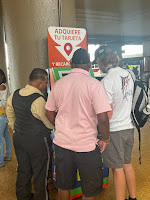




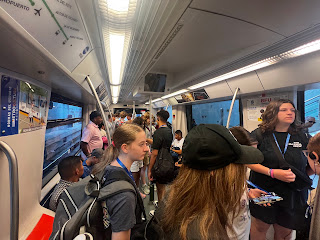















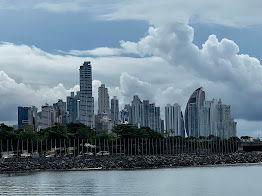



















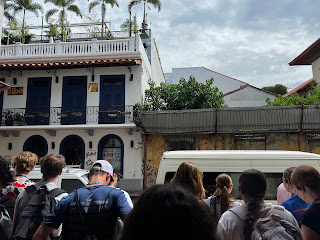
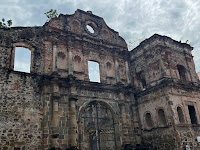













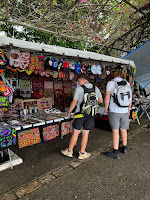








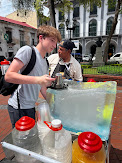
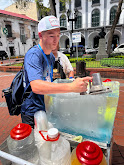





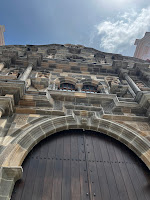



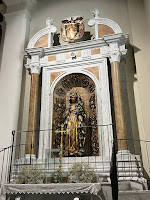









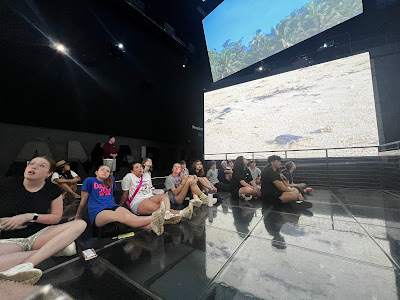


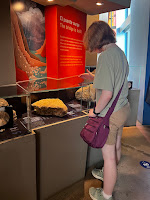




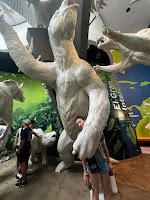
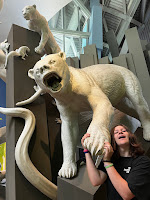

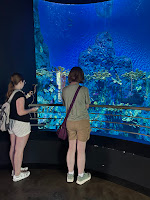



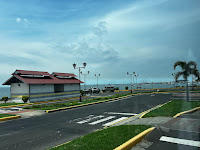


















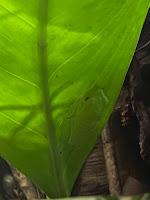


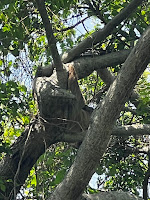







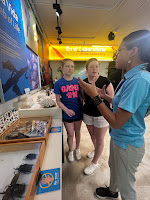






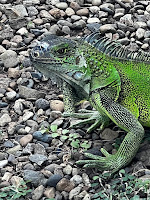

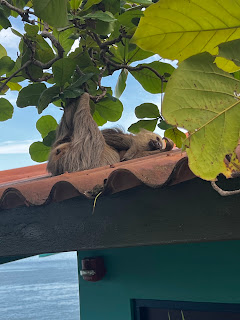







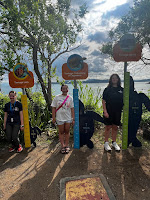



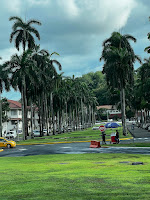







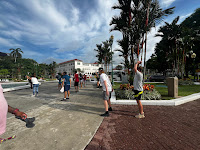

No comments:
Post a Comment